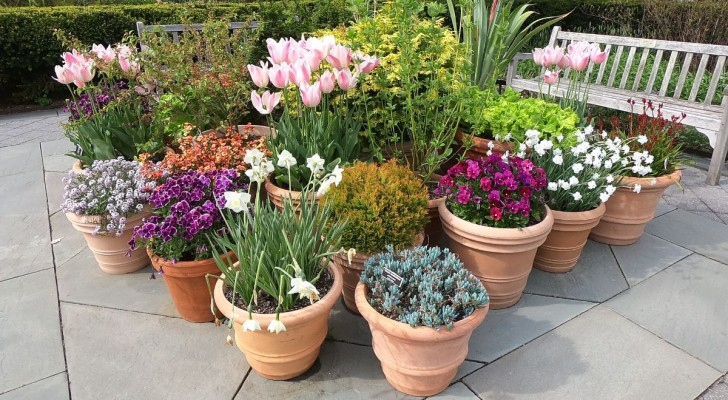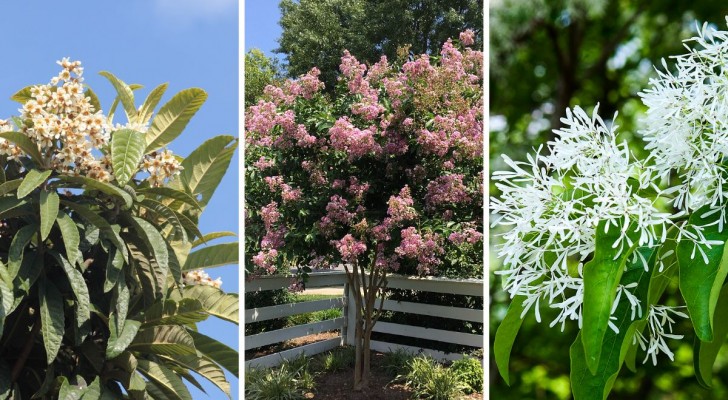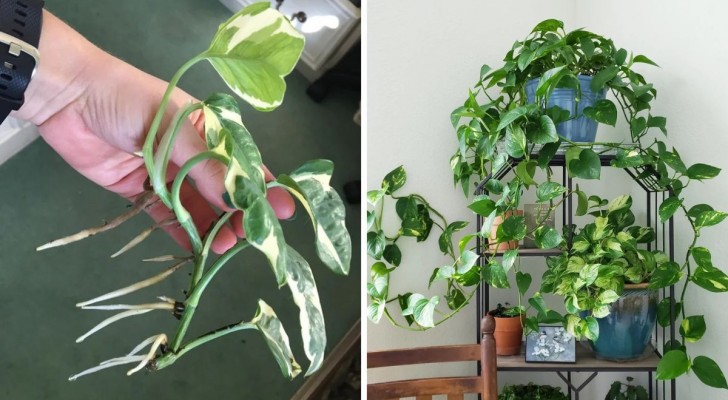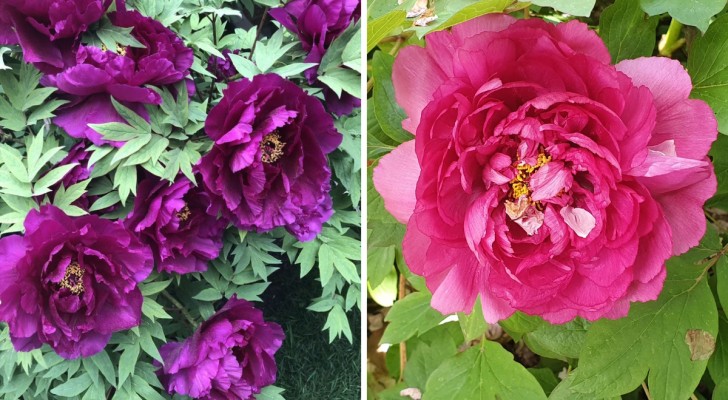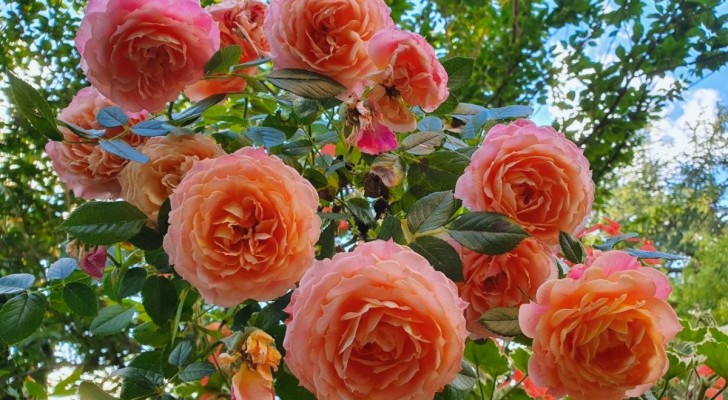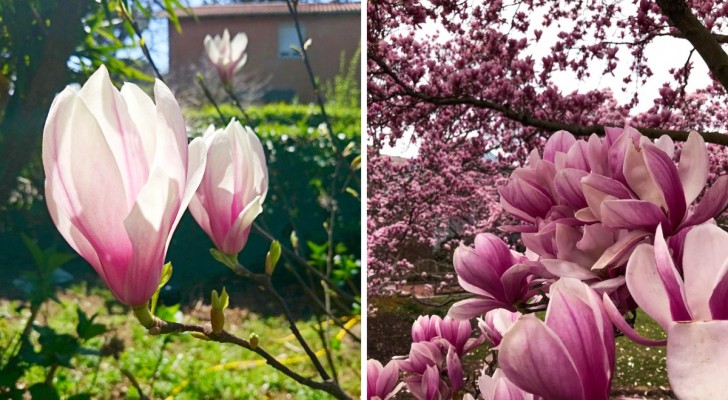No direct sunlight coming into your home? Discover five plants you can still grow indoors

Although it is unquestionable that sunlight is essential for the survival of plants, some manage to survive and adapt even in shaded conditions and environments, where the sun's rays do not touch directly or only shines there in the coolest hours of the day - morning or evening.
It is no coincidence, therefore, that among the most popular houseplants there are, are those that can deal with this half-light type of environment. Often, there is not always the space next to a window which is exposed to direct sunlight, but this does not mean that certain plants cannot be grown indoors in partial light. Below, are five types of plants that thrive in half-light:
African violets (Saintpaulia)
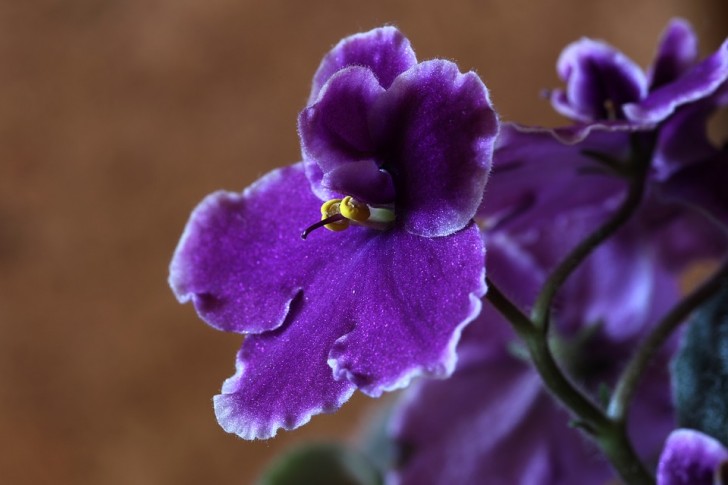
As their name suggests, these plants are succulents native to Africa, which do not need a lot of water so they are usually grown indoors. They love bright locations but not direct sunlight, and require some attention as far as their irrigation is concerned. The soil must remain barely moist but definitely not wet or soaking, and the plant must be exposed to a minimum of draughts. When watering the plant, it is important to make sure to water only the soil and not to get any water on the leaves. Care should also be taken to check often if there are any dead leaves, which must be removed.
As with the other plants on this list, it is important that the pots have excellent water drainage.
Peace lily

Peace liy: This plant also needs to be in a bright spot but not directly exposed to sunlight. The spatifillo (Peace Lily) is an extremely decorative plant that does not need constant care, and especially in winter it is happy with just sporadic watering. It is often kept in the bathroom, since it is a humid space with a relatively high degree of shade. In spring and summer, it develops a white scented spathe (sheath), and the flowers are produced in a spandix, which is surrounded by the spathe.
Hedera Helix (ivy)
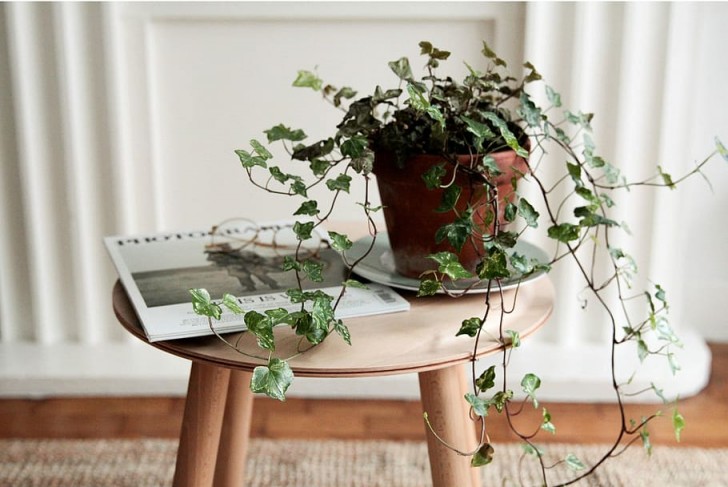
In the garden, Hedera Helix (aka "common ivy") are reknown as being extremely vigorous climbers capable of conquering everything. However, these are plants that also act very well as "natural filters" to purify the air and are able to survive even in low light and in difficult conditions, which other plants would find impossible to thrive in. Its climbing nature makes it very decorative at home if you let the foliage hang downwards. Ivy is best shown off by placing it in hanging baskets or placing the vases on tables, shelves or shelves, letting the vines grown downward.
Zamioculcas (Zanzibar Gem)
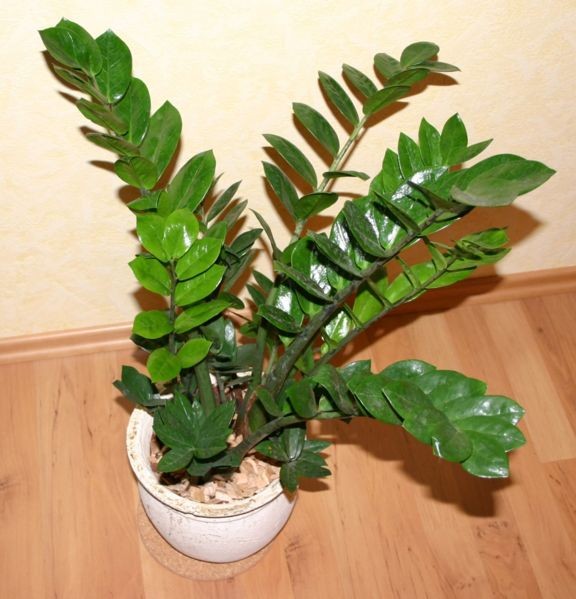
Zamioculcas zamiifolia (aka "Zanzibar Gem") is a plant that has survived for centuries in the arid soils of Africa, and Dutch nurseries were the first to realize the plant's enormous potential. For some decades, Zamioculcas has been found everywhere: in homes, offices, shopping centers or other similar buildings around the world. It is considered "impossible to kill", because really there are only two factors to consider: 1) guaranteeing a constant temperature between 18 and 25 degrees C (64 - 77 degrees F), and 2) watering it only when the soil is dry, and very sparingly. If you water this plan more than is necessary it will slowly start to rot.
Sansevieria (Snake plant)
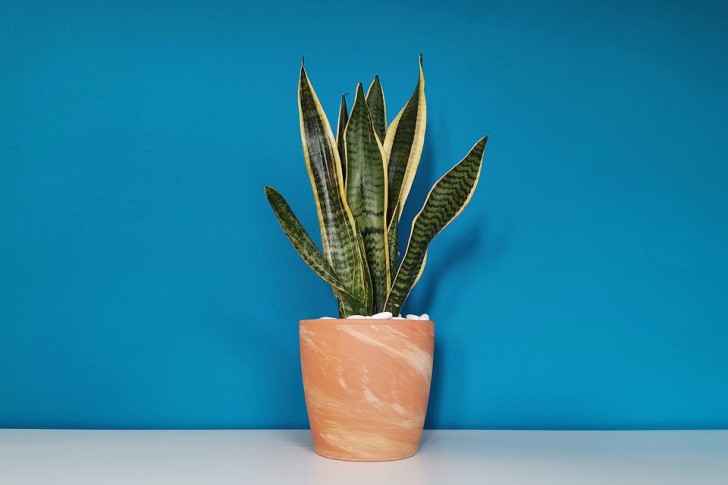
Sansevieria (aka the "Snake plant" or "Snake's Tongue") can be put in any room of the house, as long as it is a bright spot, but not exposed to direct sunlight. It is also good in the bedroom because during the night, it converts CO2 (carbon dioxice) into oxygen by filtering out the toxins in the air. This plant, however, does not like the cold and sudden changes in temperature.
For this reason, it is essential to wet the soil only when it is completely dry. Also, be careful not to damage the tips of the leaves, as this will risk that they no longer grow.
Which of these plants do you like best?
